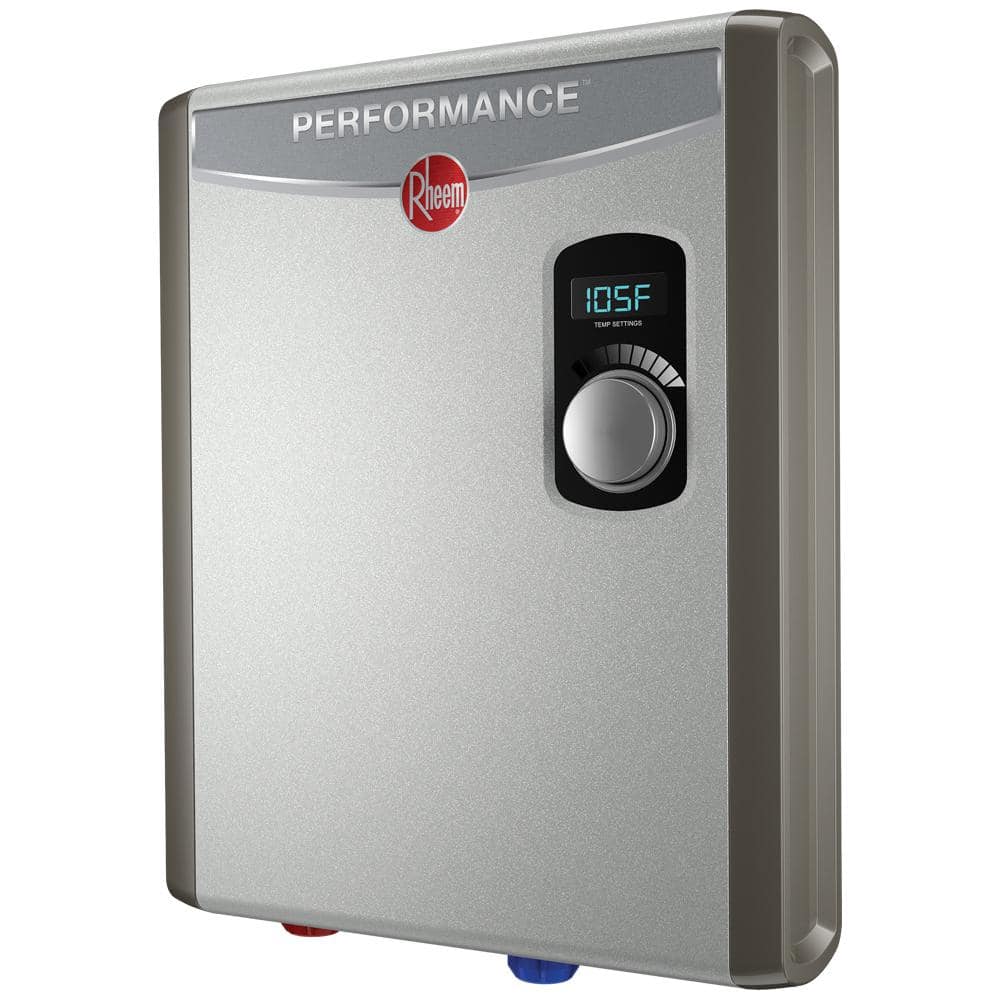During the site observation in one of my customers facilities, I found this very interesting set up. They have this piece of equipment that requires 150A, 208V, 3ph input. Instead of providing (1)150A 3ph circuit to this equipment, they provided (3) 50A 3ph circuits, paralleled. All three circuits are coming from the same panel and they have provide some sort of handle ties for three CBs. They have enough lugs to accept 3 circuits at the equipment.
I think they couldn't install 150A 3Ph CB in the panel and they have (3) 50A spare cbs so they installed it this way. I never seen this kind of set up and not quite sure if this is allowed by the code but couldn't pinpoint the code violation. Shouldn't there be a common trip in additional to handle tie?
I think they couldn't install 150A 3Ph CB in the panel and they have (3) 50A spare cbs so they installed it this way. I never seen this kind of set up and not quite sure if this is allowed by the code but couldn't pinpoint the code violation. Shouldn't there be a common trip in additional to handle tie?


